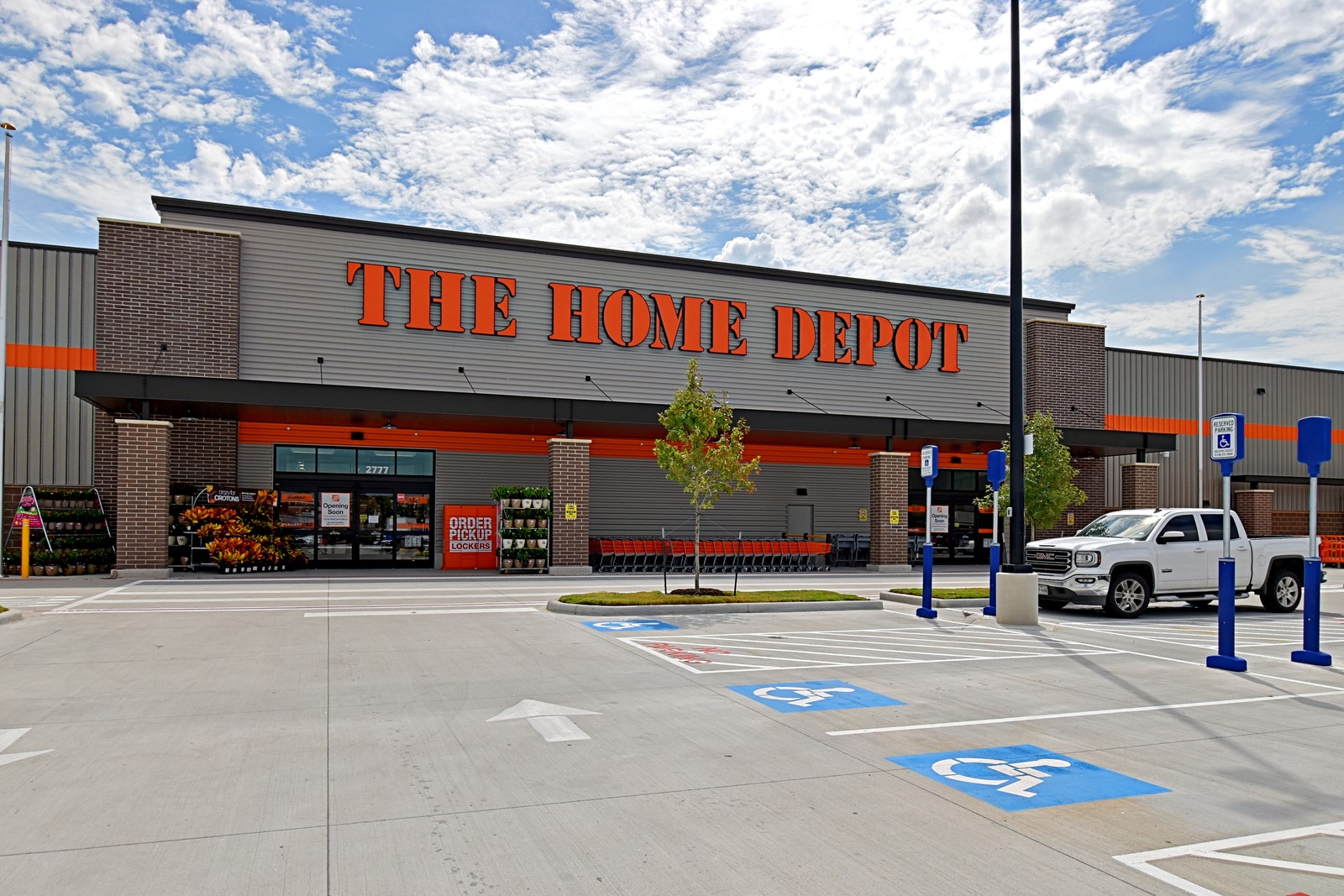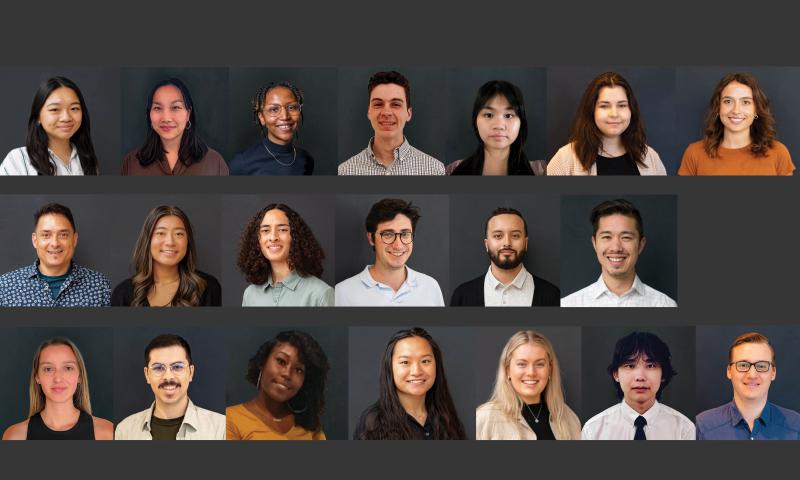MG2 Listed in BD+C’s Top 90 Shopping Mall, Big Box Store, and Strip Center Architecture Firms for 2023

We’re excited to be listed in BD+C’s Top 90 Shopping Mall, Big Box Store, and Strip Center Architecture Firms for 2023.

We’re excited to be listed in BD+C’s Top 90 Shopping Mall, Big Box Store, and Strip Center Architecture Firms for 2023.

We’re excited to be listed in BD+C’s Top 90 Restaurant Architecture Firms for 2023.

This eight-story podium apartment building is located in the heart of Redmond’s Overlake neighborhood and is within walking distance of the new light rail station. The design team’s goal was to add to the richness of the community while positively impacting the nearby businesses and contribute to the area’s vibrant cultural diversity. The design emphasizes sustainability, community impact, and efficient design.




“Scheduled to open for initial move-ins on February 1, the 6 Corners Lofts project at 4714 W Irving Park Road in Portage Park marks a significant redevelopment of the former Sears store.”
We’re excited to see 6 Corners Lofts and now open to residents. Located in Chicago, this complex features “50,000 square feet of retail space, with Target as the primary tenant, above which are 206 apartment units.”

Bellevue joins partners to present Black History Month exhibit at City Hall
In celebration of Black History Month, the City of Bellevue, in partnership with Seattle architecture firm MG2 and Onyx Fine Arts Collective, is presenting the exhibit “Elevating Voices,” featuring the work of 17 Pacific Northwest Black artists.

The Landing at Paso Robles is a unique location unifying various activities. From wineries and breweries to warehouse maker spaces, a blurred indoor-outdoor environment leverages the destination’s perfect climate to foster connections in a casual setting.
With elements influenced by the adjacent airport in wine country, Paso Robles is designed to offer a unique motif that fuses modern aesthetics with a rich local legacy. These themes can be found throughout the different building types, from grand sliding barn doors that reveal flattering glass walls to sweeping laminated timber beams that soar overhead.
A closer look at the site reveals the presence of existing oak trees, adding a natural charm and contributing to the spatial qualities with dappled light. To further enhance the story, a farm-to-table grape-growing demonstration garden was included to embrace the agricultural essence of the region.
The Landing at Paso Robles will boast diverse offerings, including resort hotels for a luxurious stay, a vibrant market hall, well-equipped office spaces, and retail establishments. Each detail weaves together seamlessly to create an enticing and memorable destination.



We’re excited to be named one of The Best Architects in Seattle, Washington by Home Builder Digest.

We’re excited to be listed in BD+C’s Top 120 Hotel Architecture Firms for 2023.

Located in Seattle’s premier neighborhood of Capitol Hill, 1661 Olive Way promises to elevate the community’s unique character. The neighborhood’s restaurants, bars, small businesses, and civic history create a vibrant pedestrian experience that this new mixed-use development will enhance. The resulting mixed-use residential building will comprise retail on the ground floor, 170 residential units above, and amenity areas, including exercise, resident lounge, and rooftop.




Snatching the 28th spot in our year-end countdown is the redevelopment of the former Sears store at 4712 W Irving Park Road in Portage Park. Sitting on the six-corner intersection with N Cicero Avenue and N Milwaukee Avenue, the project adds density to the intersection anchored by Clarendale Six Corners which took the 31st spot in our 2021 countdown. Finishing touches are currently being added by developer and general contractor Novak Construction.

100 & Main is a collection of ten premier residential units combining classic luxury with modern architecture. Designed as a “Swiss watch built on a postage stamp,” the building, which balances making a statement with sitting lightly on a busy pedestrian-friendly corner, proved deceptively challenging. By artfully addressing a steep slope and condensed lot size with architectural detailing, 100 & Main is a unique treasure in Old Bellevue.
100 & Main was honored with NAIOP’s Night of the Stars Multifamily Residential Development of the Year Award.


“It’s incredibly important to our organization that we are very open about what we’re doing, why we’re doing it, what our strategy is, our finances, how we’re performing, and really promoting a mindset of radical transparency. What I’ve found is that it builds a tremendous amount of trust with our employees in the organization. It’s when they don’t know that there are issues.” Mitch Smith said to John Stearns of 425 Business.

We’re excited to win NAIOP’s Night of the Stars Multifamily Residential Development of the Year Award (fewer than 100 units) for 100 & Main Bellevue.

Multifamily Development of the Year (fewer than 100 units) is 100 & Main in Bellevue, by Paramount Hotels. It was designed by MG2 and Compton Design, built by JTM Construction and engineered by Coughlin Porter Lundeen.

We’re excited to be listed in BD+C’s Top 190 Multifamily Architecture Firms for 2023.

Westbank, a global real estate development company dedicated to city building and the creation of beauty in all forms, will top off their Seattle project, First Light, on October 18.

This is about pictures — a visual tour in and around the finished product, which 3,700-plus employees moved into over the summer.

We’re excited to be listed as number 47 in BD+C’s Top 130 Hospitality Facility Architecture Firms for 2023.

We’re excited to be listed on ENR’s Top 100 Green Design Firms.

We’re excited to be listed as number 8 in BD+C’s Top 140 Retail Sector Architecture and Architecture Engineering (AE) Firms for 2023.

We’re excited to be included among the top 25 in Building Design + Construction’s 2023 Top 175 Architecture Firms.

Joining the Seattle Design Festival this year are Trevor Gunderson and the MG2 Summer Interns with The Garden of Ideas! In this Pop-Up Experience, the team asks you to question the Now in order to generate new ideas that can be incorporated into our shared spaces and places.
In anticipation, the Seattle Design Festival sat with the interns to learn more about what inspires them.

We’re excited to be listed in ENR’s Top 225 International Design Firms of 2023.
Note: To view the complete list, a login is required.

We’re excited to be named one of The Top 45 Architecture Firms in the US 2023 by Green Building and Design.